I'm Curious About The Physics Of Bottle Rockets. In The Novel I'm Writing, My Characters Use Bottle Rockets
I'm curious about the physics of bottle rockets. In the novel I'm writing, my characters use bottle rockets as weapons. They tape sharpened sticks to the rockets and use them as projectile spears. What would be the velocity of a bottle rocket with a stick taped to it? What kind of damage would it inflict? Love your blog! Thank you!
The final velocity depends on a lot of variables, like the trajectory, weight, fuel being used, burn rate of the fuel, size of the bottle, etc. However, you can be assured that they can be harmful and with the right pointy sticks, they can be deadly.
Here’s one example:
Good luck with your novel!
More Posts from Astrotidbits-blog and Others
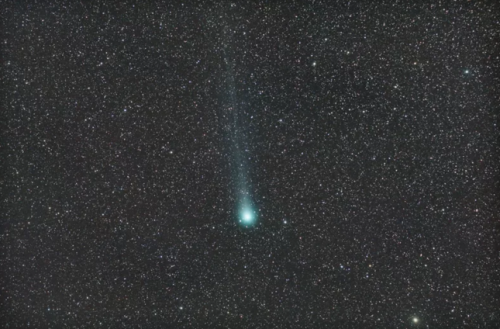
THIS COMET IS DRUNK
Comet Lovejoy is the first comet we’ve found that disperses ethyl alcohol into space, as much as would be in 500 bottles of wine every second.

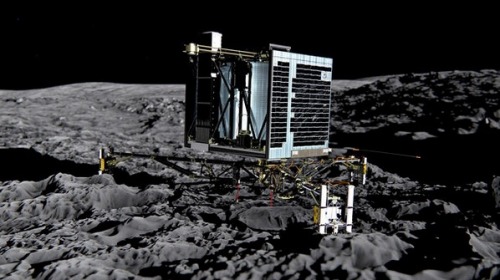

Comet lander Philae wakes up: How it happened and what’s next
By Lauren Raab
Philae, the first spacecraft to land on a comet, surprised and delighted scientists this weekend by waking up and reestablishing contact with Earth, seven months after running out of power. It “spoke” for more than a minute, according to the European Space Agency, and it’s expected to be able to continue gathering information and sending it home.
Here’s a look at what the lander has done so far and what will happen next.
Continue Reading.

Escape velocity
A snippet from a full page graphic - vintage scientific illustration c.1960
The Clansman PRC-320 - Plessey RT-320 Military Manpack Transciever [HD] - M0VST (by markbeermonster)





For more on the Fermi Paradox and why alien life hasn’t found us yet. (Infographic via futurism)
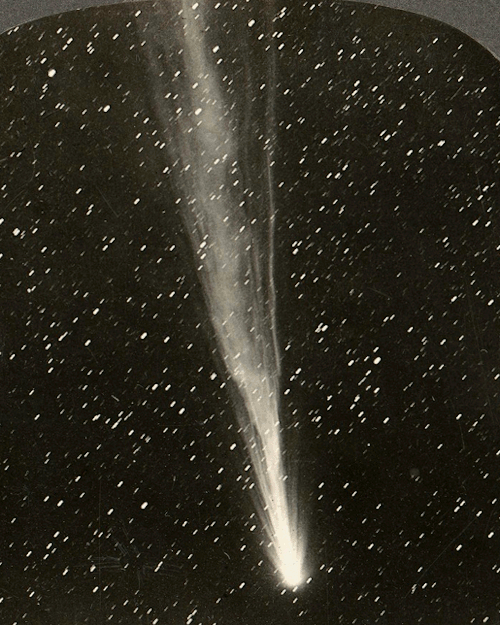
Morehouse’s Comet, photographed in stereograph in 1908 or shortly thereafter. It is not known whether this comet has a closed-loop orbit, but if it does it will not return to earth for millions of years.
Space shuttle launch (no sound).
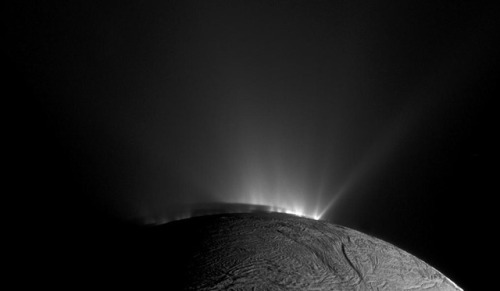
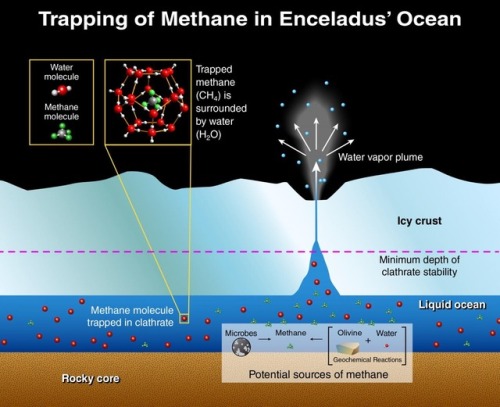
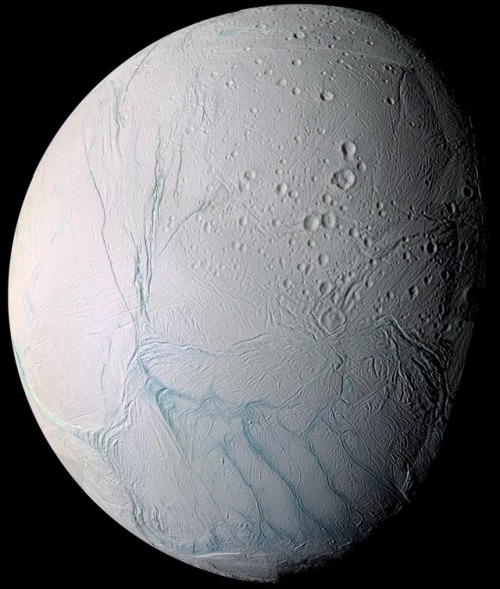
Enceladus - Life in our solar system?
Enceladus is Saturns icy moon that measures approximately 504km in diameter, about a tenth of the size of Saturn’s largest moon Titan. Almost completely covered in ice, this moon could potentially harbour the same type of life-sustaining chemical reactions found in deep sea hydrothermal vents here on Earth.
In 2005, NASA’s Saturn orbiting Cassini spacecraft spotted geysers of water and ice erupting fro fissures near Enceladus’ South Pole. Scientists believe they originate from a great ocean beneath the shell of ice. This ocean manages to stay liquid because the gravitational force exerted by Saturn is so intense that it twists and stretches the moon generating internal heat.
In October 2015, Cassini went on a dive through one of the plumes passing within just 39km of Enceladus’ surface. A team of scientists led by Hunter Waite analysed the observations made by the spacecraft. They discovered that the geysers contain between 0.4%-1.4% molecular hydrogen (H2) and 0.3%-0.8% carbon dioxide (CO2). These are being produced continuously by reactions between hot water and rock near the core of the moon. Some of the most primitive metabolic pathways found in microbes at deep ocean hydrothermal vents involve the reduction of CO2 with H2 to form methane (CH4) by a process known as methanogenesis.
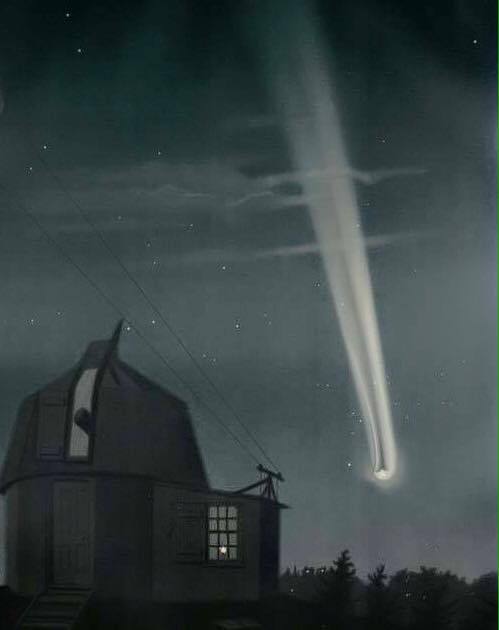
The Great Comet of 1881 - Étienne Léopold Trouvelot 1881
French 1827-1895
Vintage illustration, Comet over observatory in night time sky
-
 atahensic liked this · 7 years ago
atahensic liked this · 7 years ago -
 that-demon-named-dustin liked this · 8 years ago
that-demon-named-dustin liked this · 8 years ago -
 timallenphoto liked this · 8 years ago
timallenphoto liked this · 8 years ago -
 bowandbat reblogged this · 8 years ago
bowandbat reblogged this · 8 years ago -
 astrotidbits-blog reblogged this · 8 years ago
astrotidbits-blog reblogged this · 8 years ago -
 astrotidbits-blog liked this · 8 years ago
astrotidbits-blog liked this · 8 years ago -
 yghappyvirus reblogged this · 8 years ago
yghappyvirus reblogged this · 8 years ago -
 yghappyvirus liked this · 8 years ago
yghappyvirus liked this · 8 years ago -
 aaa-wyvern-called-zesty liked this · 8 years ago
aaa-wyvern-called-zesty liked this · 8 years ago -
 the-next-black-science-guy liked this · 8 years ago
the-next-black-science-guy liked this · 8 years ago -
 sciencesideanswers reblogged this · 8 years ago
sciencesideanswers reblogged this · 8 years ago